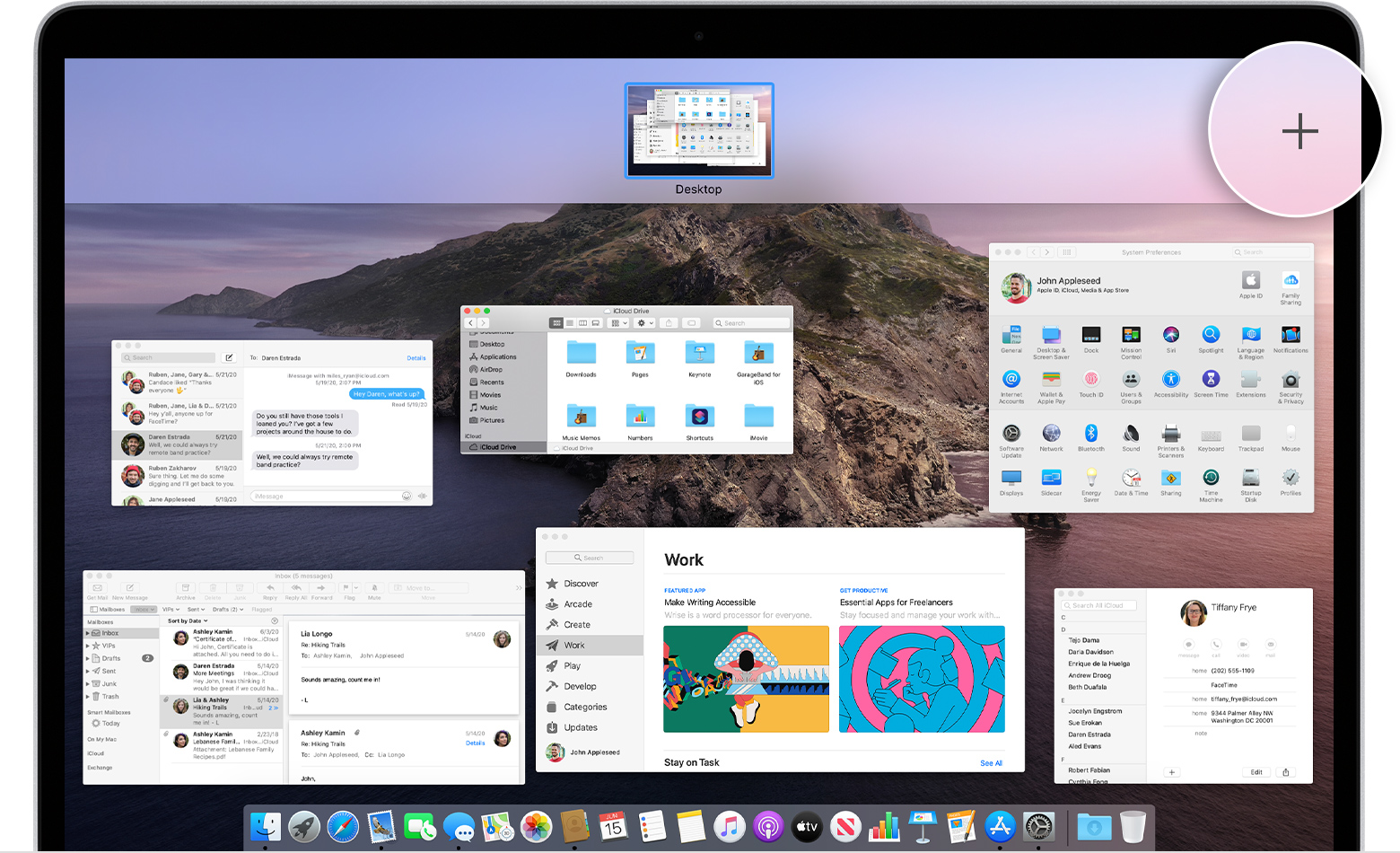Ctrl + Alt + Delete on Windows provides a variety of functions, the main one of interest being the Task Manager. Is there an equivalent keyboard shortcut & indeed Task Manager for carrying out such tasks as quitting an application that maybe 'hanging' (amongst other things) for Apple.
Having problems typing “Control-Alt-Delete” (also sometimes abbreviated as “Ctrl+Alt+Del”) in your Windows virtual machine on your Mac®? This article has everything you need to know about entering this important Windows shortcut.
If you want to install Windows on your Mac or buy a new PC, here's how to keep and use your Apple keyboard. To get the Windows version of Delete, press and hold the control or ctrl key. RE: How to unlock (cltr-alt-end) on Apple MAC Jump to solution I know this is an old post but it is irritating that it's high in the google search results and does not have a definitive answer (there is no key labelled Backspace on my keyboard, for instance, and several of the offered solutions produce a local Ctrl-Alt-Delete).
Ctrl Alt Delete Alternative
See also: How to press Alt Key on Mac and other Windows shortcuts
Since I have already admitted one character flaw on this blog (font addiction), I might as well fess up about another: key combos. Unlike fonts—which I can’t get enough of—key combos are something that I just don’t use much at all. While they are speedy, they’re cumbersome, often require two hands, and for me, are hard to remember. I would much rather use a button on the Ribbon or choose a menu item than use a key combo.
So I’m rather fortunate that an extremely common key combo used in Windows, “Control-Alt-Delete,” has a menu alternative in Parallels Desktop® for Mac.

Sidebar: Why is “Control-Alt-Delete” so important in Windows?
“Control-Alt-Delete” is the ultimate non-hackable Windows control. (At least Microsoft hopes so and put in a great deal engineering work to make this true.) “Control-Alt-Delete” is used to get the log-on screen so that you can be sure you’re not being spoofed and your password is not being stolen. “Control-Alt-Delete” is also used to kill off an application that has hung or is otherwise running amok. There is no direct analog to “Control-Alt-Delete” on the Mac.
If you use a virtual machine in the Window view, just click on the reveal triangle in the window’s title bar to show the very useful status icons. (See Figure 1.)
(Figure 1.)
Then whenever you need “Control-Alt-Delete” in a Windows VM, click on the little keyboard status icon to see the many menu item equivalents of key combos. Since it’s so commonly used in Windows, “Control-Alt-Delete” is at the top of the menu. (See Figure 2.) No finger gymnastics needed.
(Figure 2.)
You don’t use Window View? If you use Coherence View, then just use the || menu in the Mac menu bar, as shown in Figure 3.
(Figure 3.)
You don’t use Window or Coherence view? If you use Full Screen view, then do the same thing as in Coherence after first moving your mouse cursor to the top edge of the screen in order to make the Mac menu bar appear, as shown in Figure 4.
(Figure 4.)
Use Picture-in-Picture view? Access to the keyboard menu is just the same as in Coherence.
Of course, if you are a finger gymnast, you can always enter “Control-Alt-Delete” with the same three-finger salute as PC users.
I hope this helps Mac users when they need to type “Control-Alt-Delete.”
Try Parallels Desktop for free for 14 days!
No doubt most people who’ve switched to Mac computers from the PC world are familiar with the CTRL + ALT + DEL command. It’s used to bring up the task manager, and when pressed twice will reboot the computer.
Contents
How do I use CTRL + ALT + DEL on a Mac?
The Mac equivalent of CTRL + ALT + DEL (Control + Alt + Delete) is Command + Option + Escape. You can use those commands to force-quit frozen apps on the Mac.
Hold down the CTRL and Option keys (located on either side of the space bar) then press the Escape key. This will bring up the Force Quit window showing a list of your open applications. Choose one and press the Force Quit button to immediately end that application.
You can also force a hanging application to quit by right-clicking (CTRL + Click) on its icon in the Dock and choosing “Force Quit” from the context menu.
Also useful: How to Install .dmg Files on a Mac
How to Force Reboot or Shut Down a Mac?
Macs have a separate key combination to force a reboot: Command-Option-Power. Hold down the Command and Option keys then press the power button to restart the computer.
To force the computer to shut down, hold down the power button for between 5 and 10 seconds.
Alt Ctrl Delete For Mac
Forcing a reboot or a shutdown is not advised unless there is no other option. Performing these actions can result in data loss, especially if there are applications running or external storage devices connected. You should first try to correctly reboot or shut down the computer:
- The right way to reboot a Mac is to click Apple → Restart…
- The right way to shut down a Mac is to click Apple → Shut Down…

Ctrl Alt Delete For Macs
Also Useful:Best Gaming Laptops Under $2000